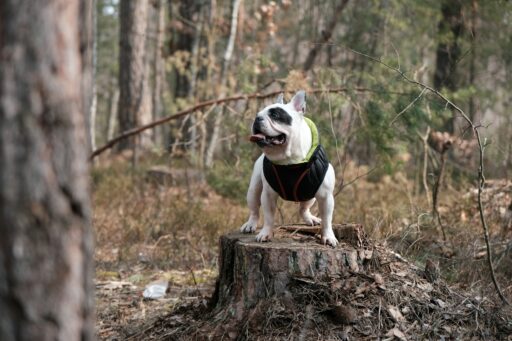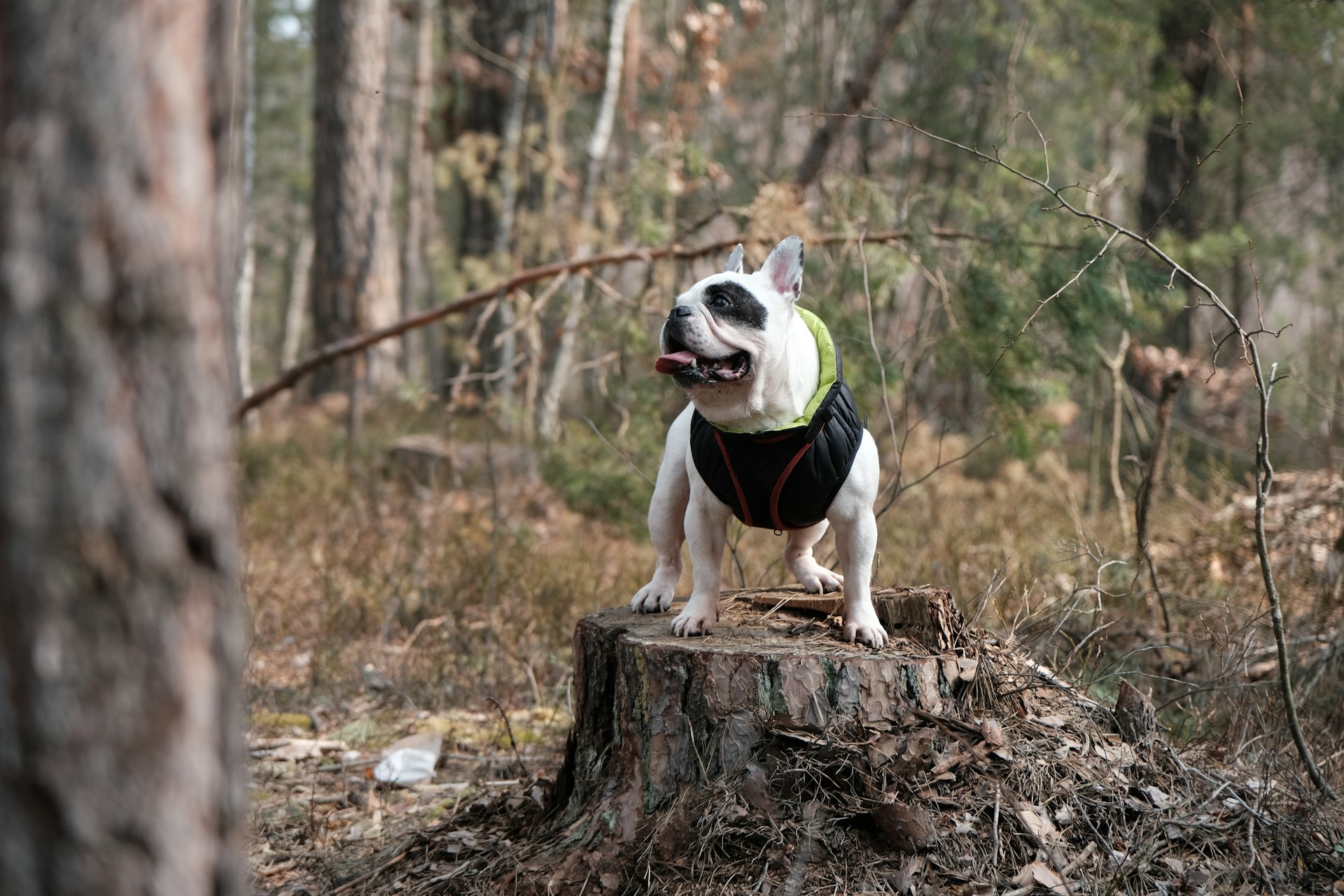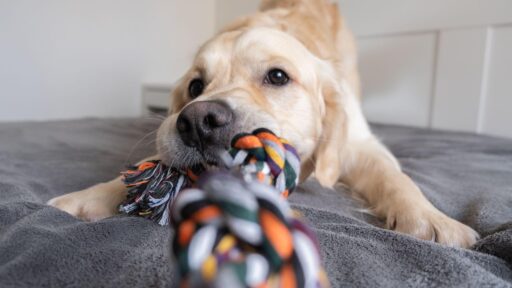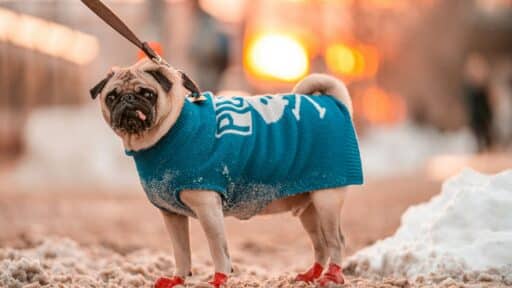Pet owners often wonder if their furry friends need extra protection as temperatures drop. Dogs, with their natural coats, might seem well-equipped for colder weather. However, there are times when a jacket becomes necessary. Knowing exactly when and why your dog needs more warmth or covering helps them stay cozy.
Understanding Your Dog’s Needs
Different breeds have varying tolerance levels for cold. Smaller dogs or those with thin fur may struggle in colder conditions. For example, breeds like Chihuahuas and Greyhounds often benefit from extra warmth. On the other hand, dogs with thick coats, such as Huskies, may not need a jacket unless temperatures are extremely low. So, depending on your location and breed, you can opt for a waterproof jacket for dogs.
Signs Your Dog Needs Extra Warmth
Observing a dog’s behavior is crucial. Shivering, reluctance to go outside, or seeking warmth indicate discomfort. If a dog shows any of these signs, it’s wise to consider additional protection. Keep in mind, a dog’s age matters a lot. Puppies and older dogs may need more warmth, as they cannot regulate their body temperature.
Weather Conditions to Consider
Cold weather isn’t the only reason to dress a dog in a jacket. Wet conditions can make even moderate temperatures feel chilly. Snow or rain can quickly soak through a dog’s coat, leading to discomfort. Windy days can also increase the chill factor, making it feel colder than the actual temperature. In these situations, a waterproof or wind-resistant jacket can be beneficial.
Health Benefits of Dog Jackets
Keeping a dog warm isn’t just about comfort; it’s about health. Don’t let the chill get the best of your dog for too long. Stick around in freezing weather, and you might just invite nasty problems like hypothermia or frostbite. You can simply skip many discomforts by grabbing a jacket for its warmth. Additionally, dogs with certain health conditions, such as arthritis, may find relief with a little extra warmth. They’ll likely find that additional support helps their joints move more freely.
Choosing the Right Jacket
Selecting the right jacket involves considering several factors. Material is key; it should be both warm and breathable. A close fit lets your dog’s body move without feeling squeezed. The straps adjust easily for a custom fit. This means the jacket stays put, allowing your dog to play without it sliding around. Want to be visible on gloomy days? Grab some reflective gear; it keeps you safe while out walking.
Training Your Dog to Wear a Jacket
Introducing a jacket should be a gradual process. Start by letting the dog sniff and explore the new item. Once comfortable, try putting it on for short periods indoors. Gradually increase the time as the dog becomes more accustomed to the sensation. Giving your dog a tasty treat or a happy ‘Good job!’ makes the whole thing a blast for them.
When Not to Use a Jacket
While jackets offer benefits, they aren’t always necessary. Dogs naturally regulate their temperature to some extent. Wearing too many layers can make your dog feel miserably hot, especially when exercising. If a dog appears restless or tries to remove the jacket, it might be too warm. You’ll quickly determine if your dog feels at ease just by watching their everyday actions, like how they rest or if they’re wagging their tail loosely.
Special Considerations for Different Breeds
Each breed has unique characteristics that influence its need for extra warmth. Short-haired breeds are often more vulnerable to cold. Conversely, breeds adapted to cold climates might only need protection in extreme conditions. Understanding how each jacket differs lets you easily choose the best one for your dog.
To Sum Up
You keep your dog warm in winter by knowing what they need and how cold it gets outside. While some dogs may thrive without additional layers, others benefit greatly from a well-fitting jacket. Knowing what your dog needs means watching their behavior—are they panting, shivering, or hiding? Pair that with a look at the weather. That way, you pick the best activity or gear for them. Giving your dog proper attention keeps them healthy and wagging their tail all winter.







